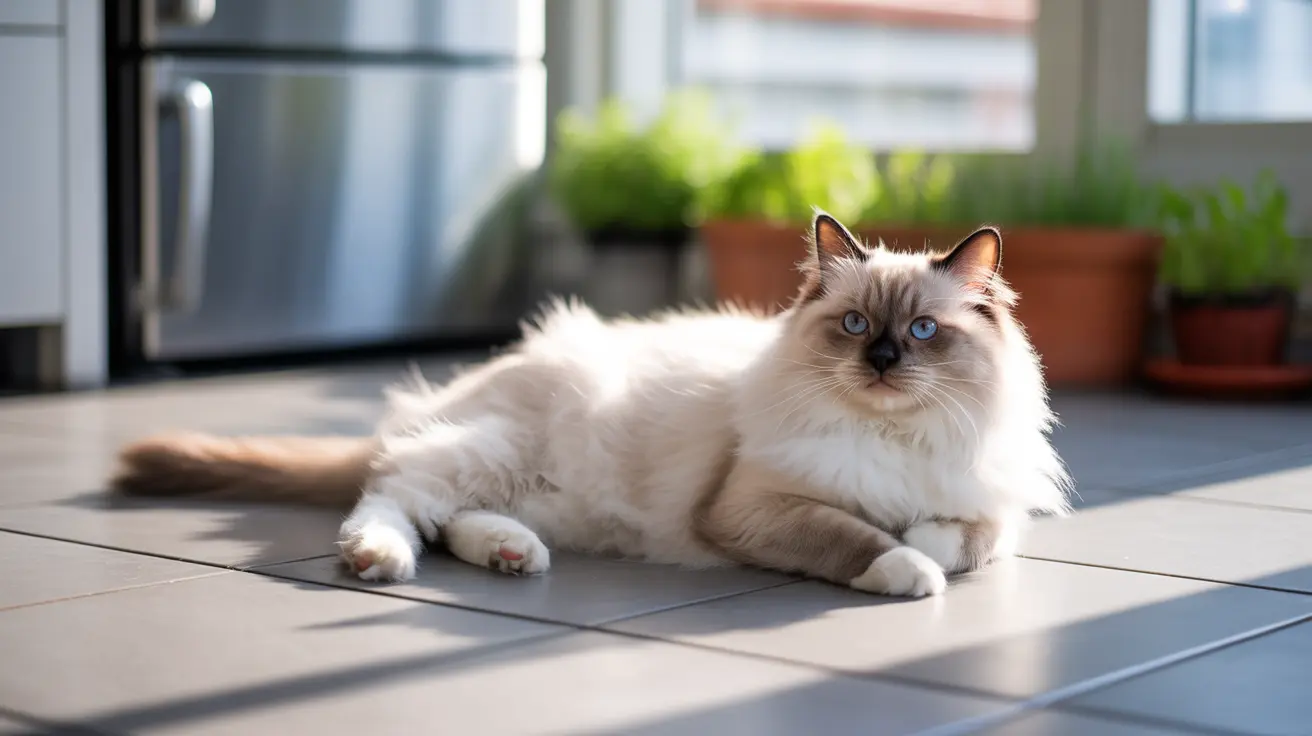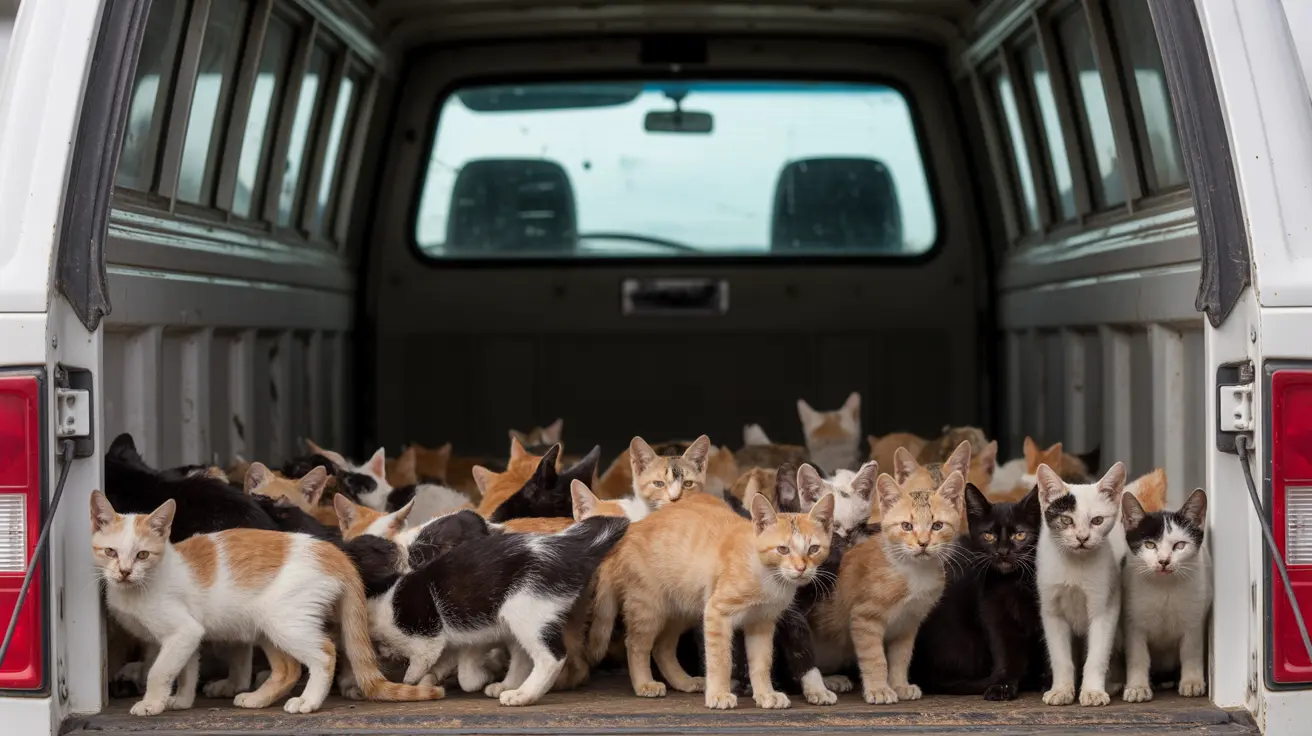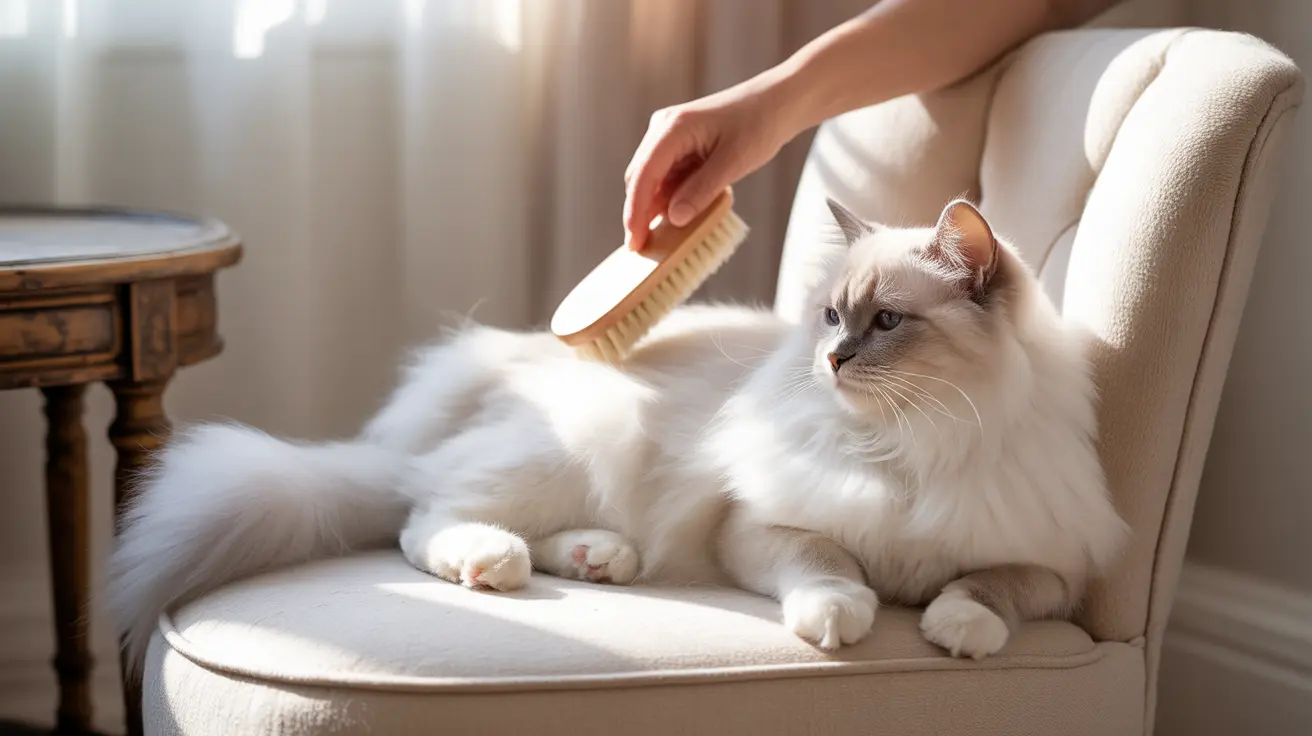In modern pet food production, extrusion is a processing method used in dog and cat food manufacturing that has revolutionized how our pets' food is made. This advanced technology plays a crucial role in creating the kibble that millions of pets consume daily, ensuring both nutritional value and food safety.
Understanding this essential process helps pet owners make informed decisions about their pets' nutrition while appreciating the complexity behind each piece of kibble. Let's explore how extrusion works and why it's become the industry standard for pet food production.
The Science Behind Pet Food Extrusion
Extrusion is a sophisticated process that combines high temperature, pressure, and mechanical forces to transform raw ingredients into nutritious pet food. During this process, ingredients are mixed, moistened, and pushed through an extruder, where they undergo several critical transformations.
The process involves carefully controlled conditions that enable starch gelatinization and protein denaturation, resulting in highly digestible nutrients. This technological precision ensures that each batch of pet food meets strict quality and safety standards.
Benefits of Extrusion in Pet Food Production
The extrusion process offers numerous advantages that have made it the preferred method for manufacturing dry pet food:
- Enhanced digestibility of nutrients
- Improved food safety through sterilization
- Extended shelf life
- Better texture and palatability
- Consistent kibble size and shape
Nutritional Considerations and Quality Control
Manufacturers carefully monitor the extrusion process to preserve nutritional value. While some nutrients can be affected by heat processing, manufacturers compensate by:
- Adding vitamin premixes post-extrusion
- Carefully controlling processing temperatures
- Monitoring protein quality throughout production
- Testing final products for nutritional adequacy
Modern Innovations in Extrusion Technology
Today's pet food manufacturing facilities utilize state-of-the-art extrusion equipment with advanced features such as:
- Automated control systems
- Real-time monitoring capabilities
- Precision ingredient dosing
- Custom kibble shape capabilities
- Energy-efficient processing
Frequently Asked Questions
How does extrusion affect the nutritional quality of pet food?
Extrusion can enhance nutrient digestibility while potentially affecting some heat-sensitive vitamins. Manufacturers compensate for any nutrient loss by adding supplements post-processing to ensure complete nutrition.
What are the benefits of using extrusion in dog and cat food manufacturing?
Extrusion provides numerous benefits including improved food safety, better digestibility, consistent product quality, extended shelf life, and the ability to create various kibble shapes and sizes.
How do manufacturers ensure that nutrient loss during extrusion is minimized?
Manufacturers use precise temperature controls, optimal processing times, and add vitamins and minerals after extrusion to maintain nutritional integrity. Regular testing ensures products meet nutritional standards.
Are there any differences in how plant-based and animal-based proteins are affected by the extrusion process?
Yes, plant-based proteins typically maintain their nutritional quality better during extrusion compared to animal proteins. Manufacturers adjust processing parameters accordingly to optimize protein quality retention.
How does extrusion technology contribute to the safety and shelf stability of pet food products?
Extrusion's high temperature and pressure eliminate harmful bacteria and pathogens while reducing moisture content. This creates a shelf-stable product that remains safe for extended periods when properly stored.
Conclusion
The extrusion process represents a critical advancement in pet food manufacturing, combining science and technology to produce safe, nutritious food for our companion animals. As technology continues to evolve, we can expect even more innovations in this essential aspect of pet food production.






